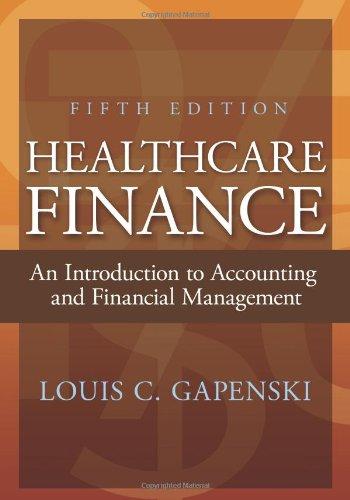(Case and requirements cd and e are reprinted from Journal of Accounting Education Vol. 15. Charles E. Davis, "Accounting Is Like a Box of Chocolates: A Lesson in Cost Behavior 307-318. Copyright (1997), with permission from Elsevier) Forrest Gump was one of the biggest movie hits of 1994. The movie's fortunes continued to climb in 1995, as it took home Oscars in six of 13 categories in which it was nominated, including best picture, best director, and best actor. One analyst has estimated that the film could generate cash flow as much as $350 million for Viacom, Inc, Paramount Pictures parent company. Such success has insured the film a place among the top grossing films of all time. This is quite an accomplishment for a movie that took nine years to make it to the big screen and whose script was not considered material likely to generate a runaway movie hit. But was Forrest Gump a money maker for Paramount in 1994? Films are typically distributed to theaters under an apreement that splits the gross box office receipts approximately 50/50 between the theater and the movie studio. Under such an agreement, Paramount had received $191 million in gross box office receipts from theaters as of December 31, 1994 Paramount reports that the film cost $112 million to produce, including approximately $15.3 milion each paid to star Tom Hanks and director Robert Zemeckis, and production overhead" of $14.6 million. This production overhead is charged to the movie at a rate equal to 15% of other production costs Not included in the $112 million production costs were the following other expenses associated with the film. Promotion expenses incurred to advertise, premiere, screen, transport, and store the film totaled $67 million at the end of 1994. An additional $6.7 million advertising overhead charge" (equal to 10% of the $67 million promotion expenses) was charged to the film by Paramount These charges represent the film's allocation of the studio's cost of maintaining an in-house advertising department. Paramount also charged the film a 'distribution fee of 32% of its share of gross box office receipts. This fee is the film's allocation of the costs incurred by Paramount to maintain its studio-wide distribution services. Finally, $6 million in interest on the $112 million in production costs were charged to the film by Paramount. In their original contracts, actor Tom Hanks and director Robert Zemeckis were to receive $7 million and $5 million respectively, for their work on Forrest Gump. However, after the studio asked the producers for budget cuts, both Hanks and Zemeckis agreed to forego their standard fee for a percentage of the film's gross box office receipts. Sources estimate that the new agreement guaranteed each of the two 8% of the studio's share of gross box office receipts from the film. Using the information available about the costs of making the film, did Forrest Gump have a positive contribution margin? Assume that all costs not specifically identified as variable are fixed. Yes e Textbook and Media Attempts: 1 of 3 used (e) Other individuals associated with the film signed contracts based on a percentage of "net profits rather than gross box office receipts, net profits being the films profits after the recouping of all the studio's expenses. For example, Winston Groom, who wrote the novel on which the movie was based, received $350,000 plus 3% of the film's net profits. Eric Roth, the screenwriter, signed a similar contract with a fixed fee plus 5% of the film's net profits. Based on your calculations above, how much did these two individuals receive from their share of the film's net prots? (Do not leave any answers field blank. Enter for amounts.) Roth $ Groom How much in gross box office receipts will the studio have to receive from theaters before Groom and Roth receive any money under their net profit participation contract? (Round answer to 1 decimal places, eg. 52.7) Gross box office receipts S million








